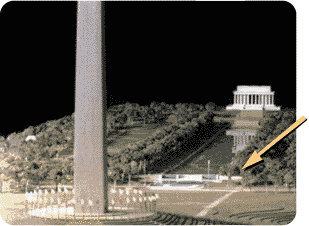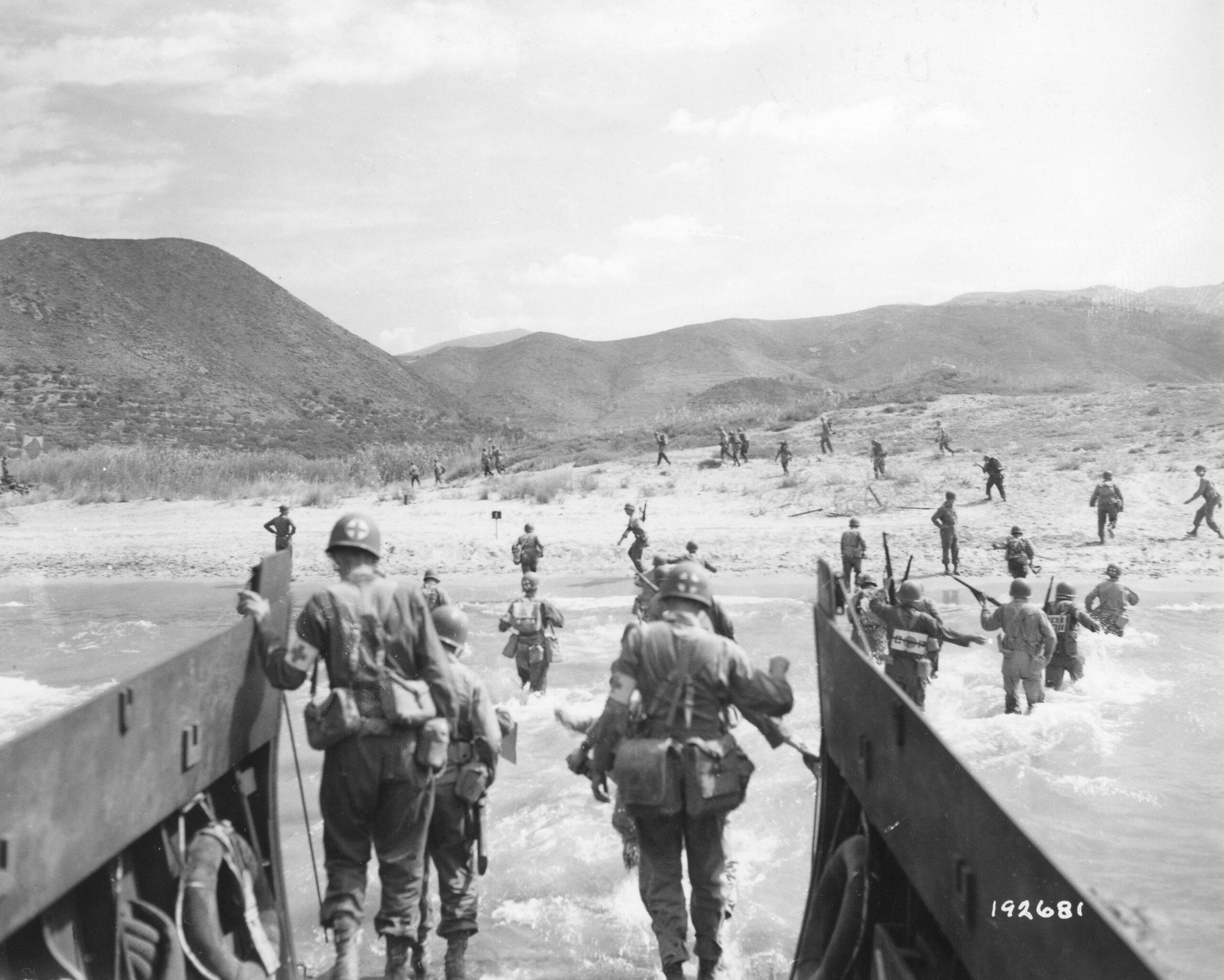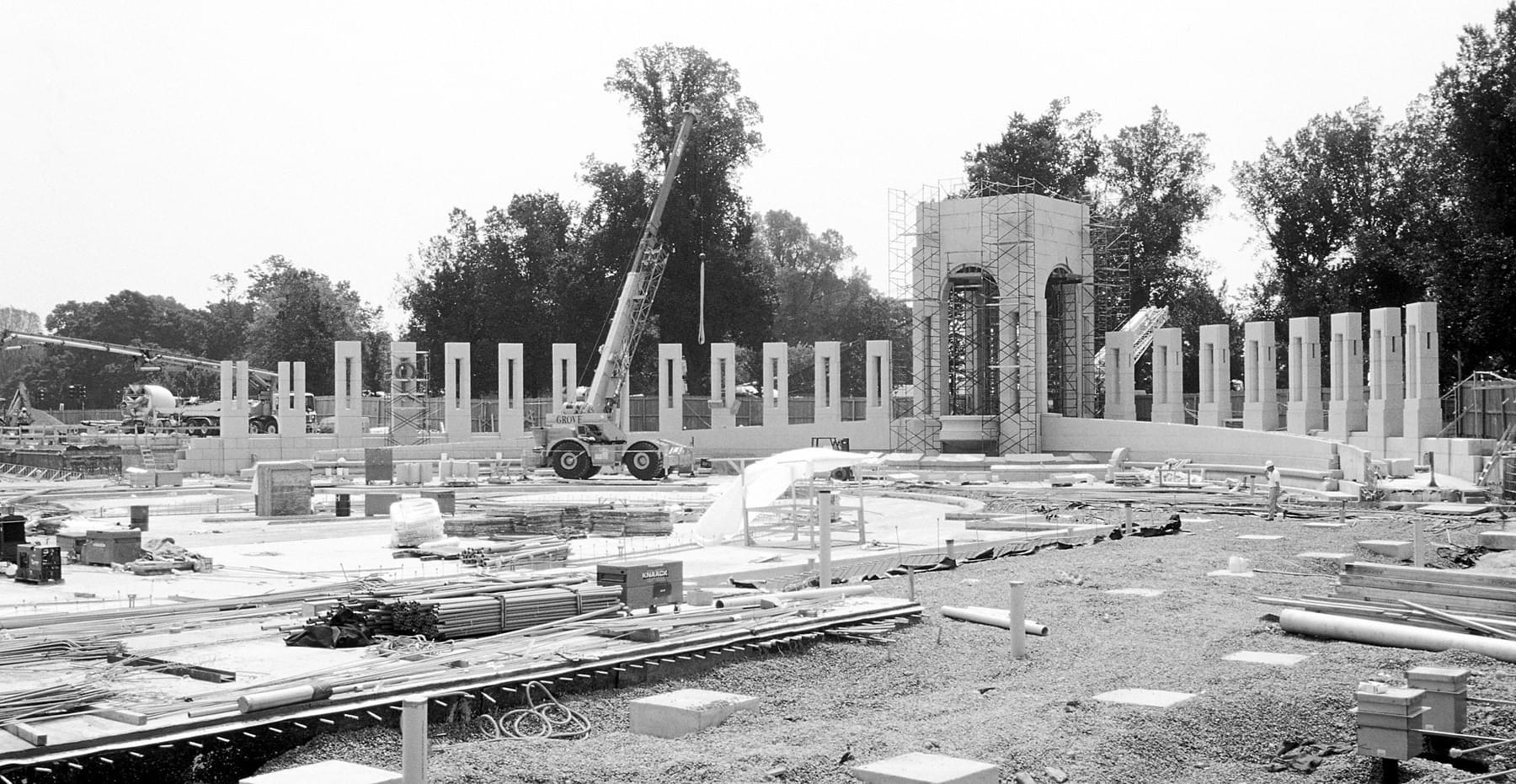Fund-raising Campaign
The memorial was funded primarily by private contributions. The fund-raising campaign was led by National Chairman Senator Bob Dole and National Co-Chairman Frederick W. Smith.
Senator Dole, a World War II veteran seriously wounded on the battlefield and twice decorated with the Bronze Star and Purple Heart, was the Republican nominee for president in 1996 and the longest-serving Republican Leader in the U.S. Senate.
Frederick W. Smith is chairman, president and chief executive officer of FedEx Corporation, a global transportation and logistics holding company. He is a graduate of Yale and a former U.S. Marine Corps officer, and serves on the boards of various transport, industry and civic organizations.
The memorial received more than $197 million in cash and pledges. This total includes $16 million provided by the federal government.



